There are a variety of technologies that provide a multitude of ways we as church communicators can reach and grow our online audiences. Whether it’s social media, websites, podcasts, mobile apps, live streaming and much more, the tech we currently have available to us is astounding. But what makes this so much more fascinating is that in addition to the current technology, there are emerging technologies that are providing amazing ways for the church to reach and engage with more people in the digital mission field. Here are some of those technologies:
Location-based marketing technology
What is it? - Location based marketing technology or geofencing, is the ability to market to people based on their location. The messages that people receive are based on their location and/or proximity to a business.
Church Uses - Churches will be able to completely reach their audiences in new and real-time ways, thanks to the rise of RFIDs and iBeacons.
iBeacons are small, inexpensive transmitters that use Bluetooth low energy (BLE) technology to detect nearby devices that can be housed in specific locations. Once a user passes this location and message can be broadcast to their phone via a Mobile App or SMS Text. A great church example of this could be to have an iBeacon located near the bookstore and let people know about flash sales that are going on once they get near the bookstore.
A radio frequency identification (RFID) is a small electronic device that contains a chip and an antenna, providing a unique identifier for that tag. RFID wristbands, cards and apps enable church attendees to interact in new and engaging ways.
Virtual Reality / Augmented Reality
What is it? - The most basic answer is that it’s a three dimensional, computer generated setting or environment that can be explored by someone using the appropriate equipment.
Church Uses - Virtual/Augmented Reality technologies will inevitably have a huge impact on the way the church can engage people. With the ability to literally tell 360-degree, interactive, immersive stories, churches will be able to engage like never before. A great augmented reality example will be the way we can add digital components to the traditional church experience to tell better stories. Imagine if the youth pastor was telling a biblical story and as the kids watched it through the churches AR app, they were able to see disciples act out the story while the pastor was speaking.
The Internet of Things (IOT)
What is it? The IOT is the network of physical objects that contain embedded technology to communicate and sense or interact with their internal states or the external environment. Basically, anything that’s connected to the internet, but more than the traditional things we are used to like phones, tvs and computers. The IOT consists of things such as smart clothes, smart appliances, smart light bulbs, smart cars, smart glass, smart watches and so much more.
Church Uses - Wearable technology, appliance technology and the numerous things we interact with daily all give us an opportunity to connect with people and share a message of encouragement with them. Smart watches, smart appliances and smart mirrors for example, can be places that the church shares daily devotionals. Right now we think of sharing devotionals via email, SMS texts, websites or apps, but if we want to take the message to people no matter where they are at then we have to think about using all the things that will be internet connected in the future and use them to connect.
Overall, as we continue to develop our digital strategies to understand key bible teachings (faith, hope, forgiveness, tithing, etc..) and to reach people online, do not be limited by what’s out there today, make sure to consider the new technologies that are growing in popularity and will position your church as a digital leader well into the future.


